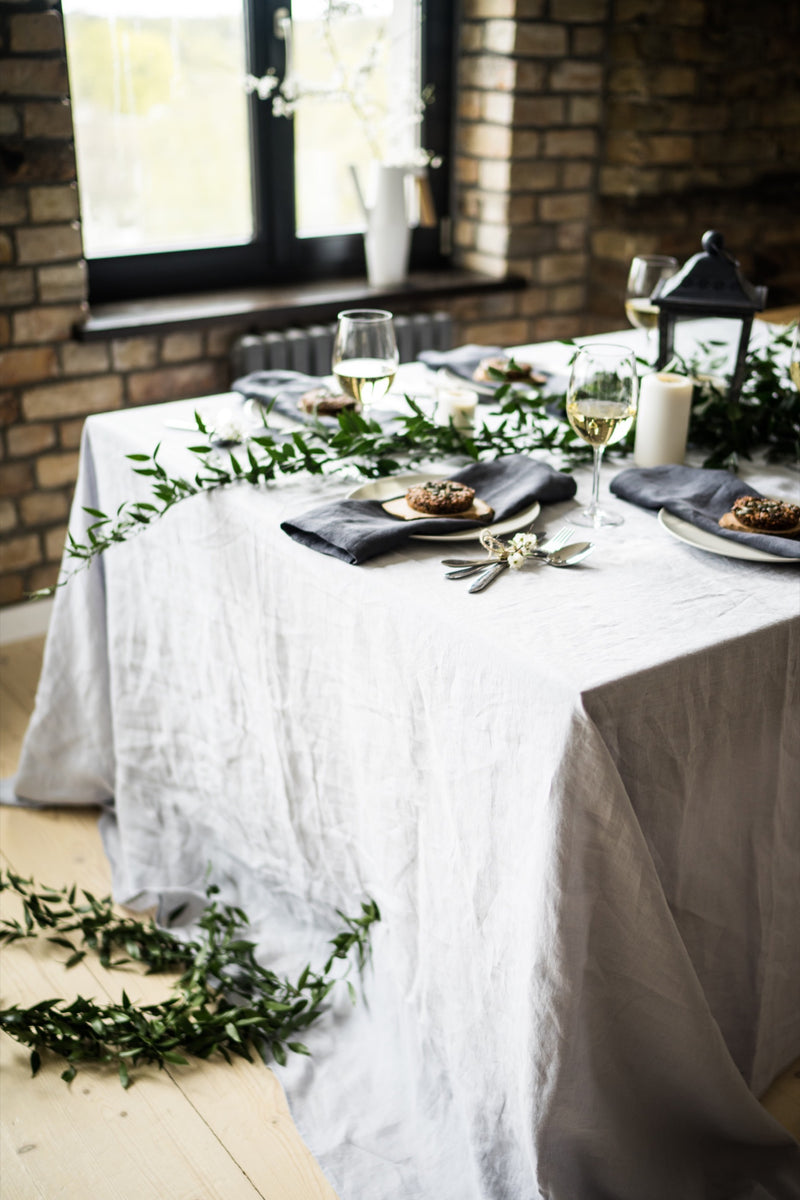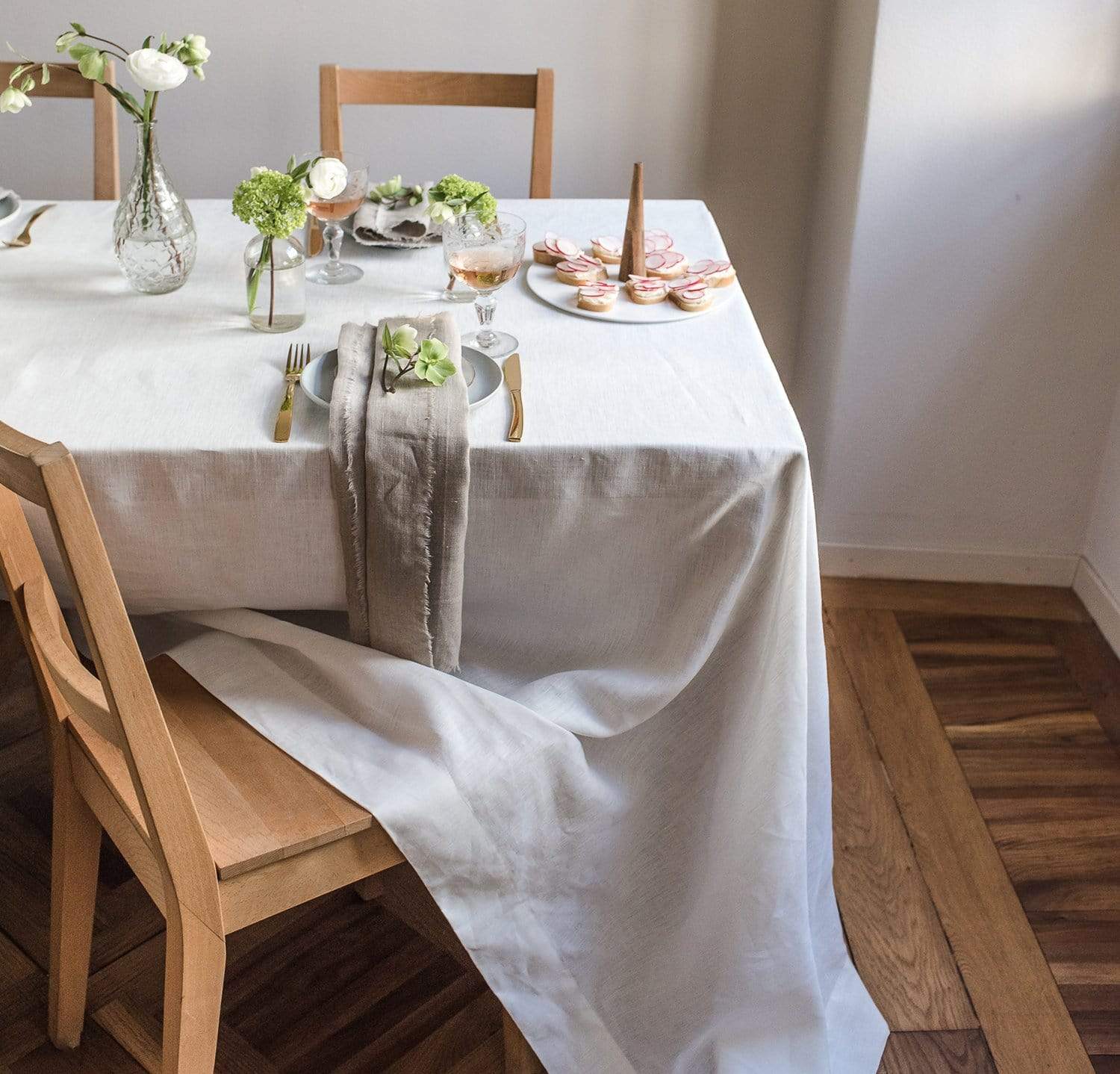High Quality Flat Sheet Selection: Comfort and Sturdiness for Every Bed
Linen Material Technologies: Exploring Modern Trends and Creative Applications in Design and Textile Industry
From sustainable manufacturing techniques to innovative weaving innovations, the evolution of bed linen is improving the landscape of the textile sector. As we dig into the worlds of innovative style applications and the emergence of bed linen blends and hybrid fabrics, a brand-new chapter unfolds in which bed linen's role in future fabric advancements takes center phase.
Sustainable Practices in Bed Linen Manufacturing
Sustainable techniques in linen manufacturing have actually become significantly vital in the textile sector's efforts to decrease environmental impact and advertise ethical sourcing approaches. Linen, an all-natural fiber originated from the flax plant, supplies a series of advantages such as biodegradability, breathability, and sturdiness. Nevertheless, traditional techniques of bed linen production can include substantial water consumption, chemical usage, and energy-intensive processes.
To attend to these challenges, lots of fabric producers are taking on sustainable methods throughout the bed linen production process. This consists of sourcing flax from natural farms that stay clear of damaging chemicals and chemicals, executing water-efficient retting strategies to remove fibers from the flax stalks, and utilizing eco-friendly dyes and finishes. Furthermore, some firms are buying sustainable power resources to power their manufacturing centers and reducing waste with recycling and upcycling efforts.
Technical Innovations in Bed Linen Weaving
With the expanding focus on sustainable techniques in linen manufacturing, the fabric sector is currently witnessing a surge in technological developments particularly targeted at reinventing the art of bed linen weaving. These technologies are improving the means bed linen textiles are generated, supplying raised performance, top quality, and creative thinking in weaving strategies.
Among the vital technical improvements in bed linen weaving is the combination of electronic looms. These sophisticated looms are geared up with software that enables intricate and complex styles to be woven with precision. By digitizing the weaving process, manufacturers can attain better consistency and accuracy in their bed linen textiles.
Moreover, developments in yarn spinning technology have actually allowed the production of finer and even more durable linen yarns - table cloths. This causes softer and smoother linen fabrics that preserve their top quality even after multiple usages and washes
In addition, the growth of environment-friendly dyeing processes and coatings for linen fabrics is getting traction. These lasting methods not just minimize the environmental influence but additionally cater to the increasing customer demand for fairly produced fabrics.
Creative Design Applications for Bed Linen
Innovative creative strategies are progressively forming the innovative layout applications for linen in the textile market. Bed linen's natural aesthetic charm and capacity to blend with other materials make it a preferred selection for creating unique garments and devices that provide to the ecologically mindful customer.
In addition, designers are try out linen in home decoration, using its breathable and sturdy nature to craft stylish furnishings such as curtains, bedding, and upholstery. The texture and drape of linen bring a sense of elegance and comfort to interior areas, adding a touch of beauty to contemporary homes.

Linen Blends and Hybrid Fabrics

Hybrid textiles, on the other hand, take the principle of blending an action additionally by incorporating added aspects such as metal threads, recycled products, or conductive fibers. These ingenious textiles not just expand the layout possibilities yet also present functional facets like conductivity, antimicrobial homes, or boosted toughness. Hybrid materials are increasingly being used in numerous markets, consisting of fashion, interior layout, and technical fabrics, where the need for multifunctional materials gets on the rise.
Linen's Duty in Future Textile Innovations

In the realm of future fabric technologies, bed linen is anticipated to be a principal in the development of sophisticated functional textiles. Designers and scientists are exploring methods to enhance bed linen's fundamental high qualities through technological advancements, such as incorporating clever textiles, nanotechnology, and efficiency finishes. These developments intend to raise bed linen's efficiency attributes, making it suitable for a wider series of applications, from activewear to safety clothes.
Furthermore, the combination of go linen with other find out here all-natural or synthetic fibers opens up countless possibilities for producing unique fabrics with distinct buildings and performances. By leveraging linen's attributes and checking out cutting-edge blends, the fabric market is positioned to present exciting advancements that deal with advancing consumer requirements and sustainability requirements.
Final Thought
Finally, the expedition of sustainable practices, technical advancements, creative design applications, bed linen blends, and its duty in future fabric developments highlight the continual advancement of bed linen material in the modern style and textile sector. With a concentrate on development and creative thinking, the flexibility and environment-friendly nature of linen make it an important material for manufacturers and developers alike, paving the way for additional developments and developments in the area of fabrics.
As we delve into the worlds of creative style applications and the emergence of bed linen blends and hybrid textiles, a new chapter unfolds in which linen's function in future textile advancements takes facility phase.
Discovering the blend of linen with other materials has actually led to the appearance of ingenious blends and crossbreed fabrics in the contemporary fabric market. Bed linen blends use an unique mix of the characteristics of bed linen with those of other fibers, resulting in textiles that possess improved buildings such as increased durability, improved draping, and reduced wrinkling.The evolution of bed linen blends and crossbreed fabrics has actually set the stage for Linen to play an essential duty in driving future textile developments.In the realm of future fabric innovations, linen is expected to be a crucial gamer in the advancement of sophisticated functional materials.